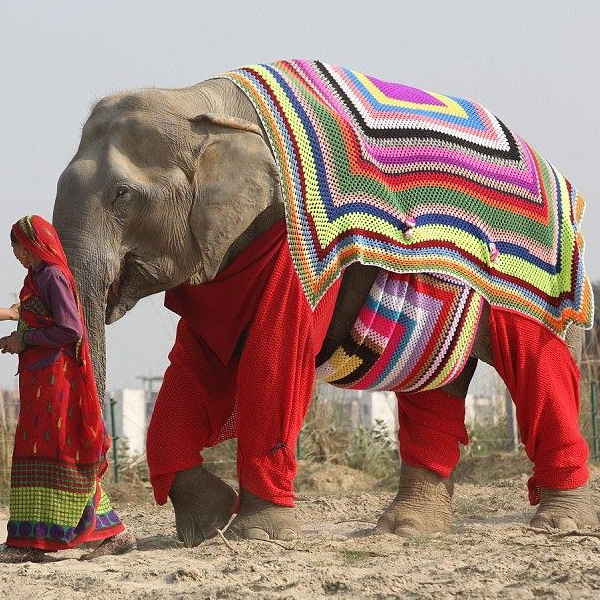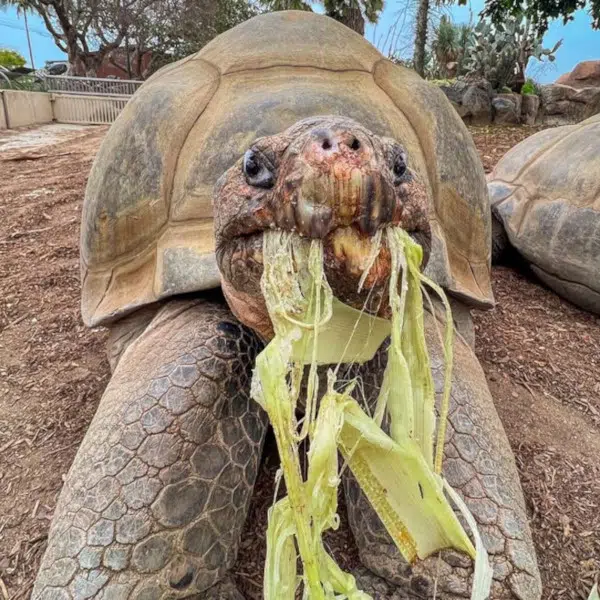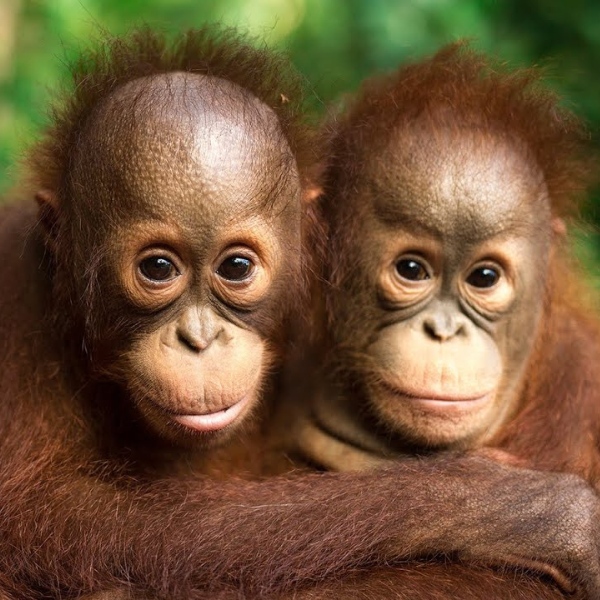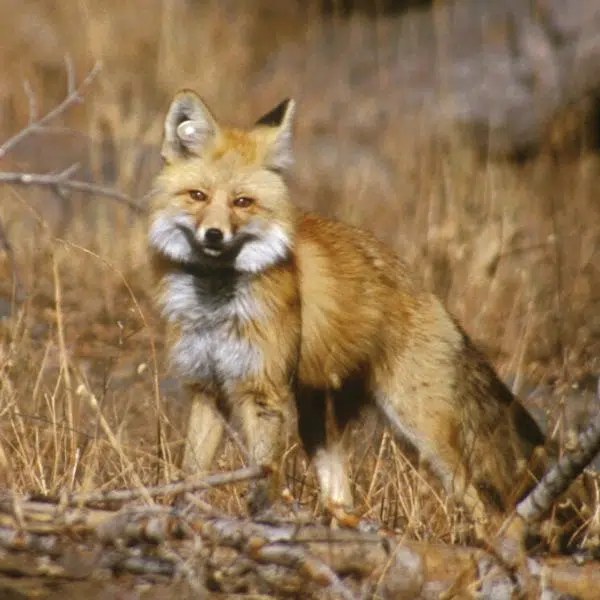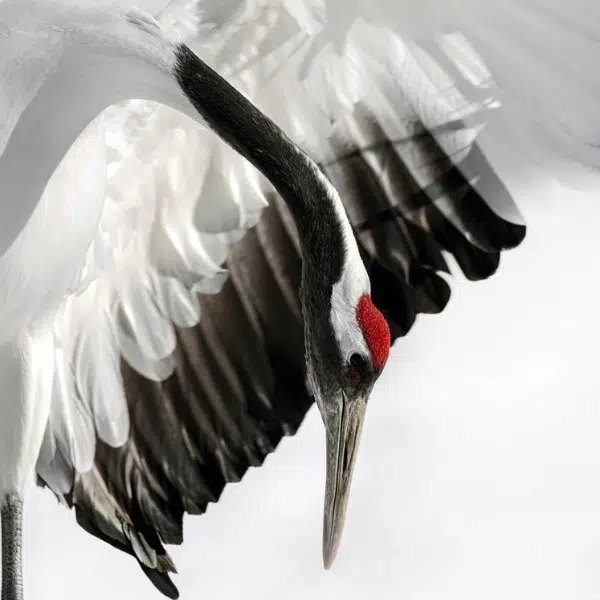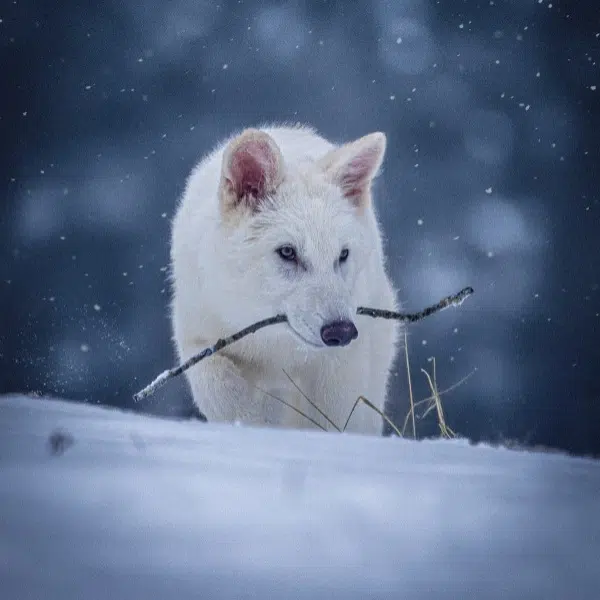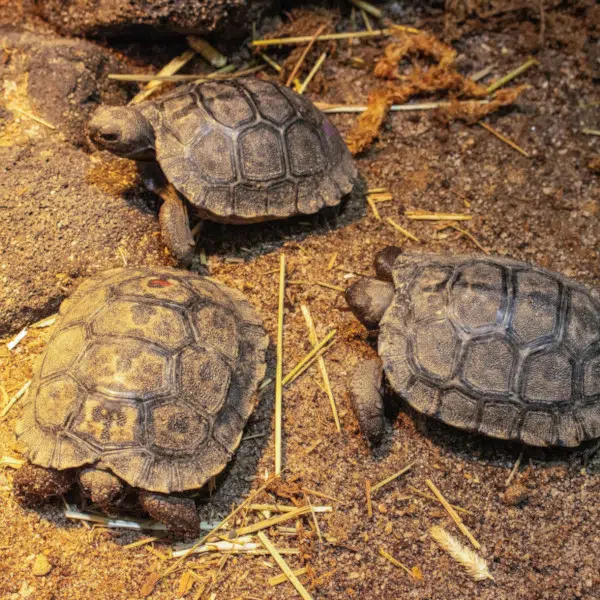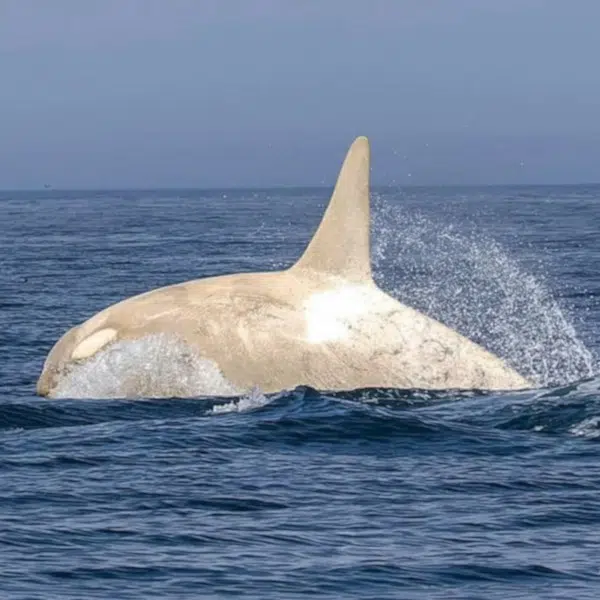Ver esta publicación en Instagram
There are several endangered animals on the brink of extinction, but one species in Myanmar has renewed hope to make a comeback. The birth of 15 Burmese peacock softshell turtles in Indawgyi Lake is nothing short of a miracle. As a critically endangered species, every single one of these creatures is a bundle of hope. On top of that, this the first time the hatching of these rare creatures has been captured on video, allowing scientists to learn more about them in order to boost their protection.
The birth of the creatures was witnessed and documented by U Nyein Chan and U Yae Aung, local staff members of the international wildlife charity Fauna & Flora. After the hatchlings took their first steps, scientists from the organization weighed and measured the turtles before releasing them back into the wild.
Little is known about these turtles, whose scientific name is Nilssonia formosa. They got their common name from the black and orange spots on their shells, which evoke peacock feathers. They are quite elusive and their habitat is limited to an area of Myanmar and possibly Thailand. While scientists don't know how many Burmese peacock softshell turtles there are in the wild, records suggest that their population has declined by at least 80% over the past 90 years.
Aware of the dangers they face, Flora and Fauna formed a team of “turtle guardians” with a group of the locals living along the shore of Indawgyi Lake. Tasked with patrolling the area and protecting nesting sites, they identified and fenced five turtle nests with about 20 eggs. Their labor has helped scientists identify that the incubation time of Burmese peacock softshell turtles is nine months, unlike other turtle species that take about two months.
The Burmese peacock softshell turtles of Indawgyi Lake belong to a thriving ecosystem, which was named a UNESCO Biosphere Reserve in 2017. As well as the turtles, endangered endemic species of birds, mammals, reptiles, primates, and fish call this area home. As is the case with many habitats around the world, this area is under the threat of pollution and climate change. Additionally, the turtles themselves are also subject to poaching.
These threats make conservationists' work all the more valuable. As the case of the Burmese peacock softshell turtles shows, it's not only a matter of protection, but also of being able to learn more about the wildlife to provide adequate care. “Working with local communities will be key to our success in addressing the threats to the critically endangered Burmese peacock softshell turtle,” says Zau Lunn, programme manager, Freshwater and Marine, Fauna & Flora. “We are already seeing the results of collaborating with communities to manage and protect key nesting sites and habitat.”
Conservationists are celebrating the birth of 15 Burmese peacock softshell turtles in Indawgyi Lake.
15 critically endangered softshell turtles hatched this week. Our team in Myanmar, who regularly patrol the nesting area, collected the hatchlings to gather information such as size and weight.
They were then released into the wild by our colleagues and the local community. pic.twitter.com/gDTx7w8XBA
— Fauna & Flora (@FaunaFloraInt) June 15, 2023
This is the first time the hatching of this critically endangered species has been captured in video, allowing scientists to learn more about them in order to boost their protection.
— Fauna & Flora (@FaunaFloraInt) June 15, 2023
The birth of the creatures was witnessed and documented by U Nyein Chan and U Yae Aung, local staff members of the international wildlife charity Fauna & Flora.
— Fauna & Flora (@FaunaFloraInt) June 15, 2023
Scientists from the organization weighed and measured the turtles before releasing them back into the wild.
— Fauna & Flora (@FaunaFloraInt) June 15, 2023
Fauna & Flora: Website | Twitter | Instagram
h/t: [New York Times]
Related Articles:
Critically Endangered Big-Headed Turtle Babies Are Born in London
Man Rescues a Turtle That Got Stuck Between Rocks on a Beach in Hawaii
Sea Turtle Given the Very First 3D-Printed Shell Brace Is Still Thriving Years Later
One of the World’s Most Endangered Sea Turtle Species Just Laid 80 Eggs












































































